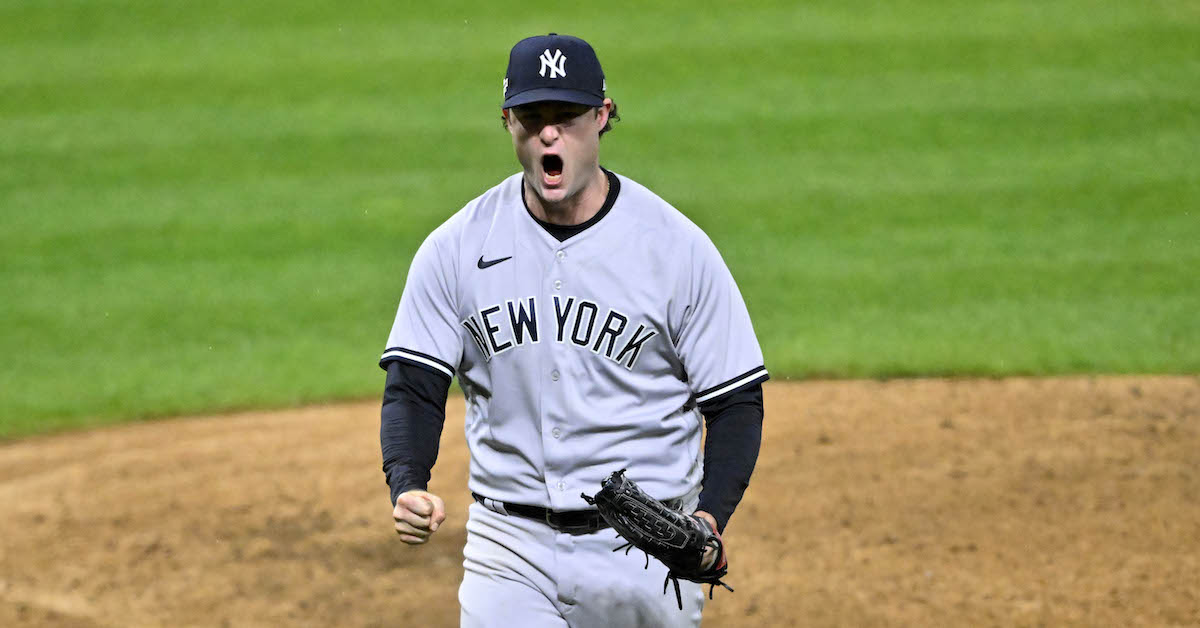Gerrit Cole, Somehow Underrated

I don’t like this title any more than you do. It just sounds so wrong. The guy with the largest contract signed by a pitcher in the history of the game is underrated? The New York Yankees ace isn’t being given his due? Preposterous! I might as well say no one watched the Super Bowl, or that we aren’t paying enough attention to weather balloons these days.
But uh… it’s true. I don’t have to like it and you don’t have to like it, but Cole is still one of the best pitchers in baseball, despite falling somewhat out of that conversation of late. He wasn’t even the most talked-about Yankee starter last year – that’d rightfully be Nestor Cortes. So consider this a Cole puff piece.
To begin, let’s consider our Depth Charts projections. These projections blend ZiPS and Steamer to produce rate statistic forecasts for every player. From there, Jason Martinez projects playing time, and those playing time projections cross with the rate statistics to produce overall projections. Cole sits in a tie for third place in projected WAR for 2023:
| Pitcher | IP | ERA | FIP | WAR |
|---|---|---|---|---|
| Jacob deGrom | 172 | 2.62 | 2.34 | 5.6 |
| Corbin Burnes | 196 | 3.08 | 2.90 | 5.2 |
| Carlos Rodón | 178 | 3.09 | 2.90 | 4.6 |
| Aaron Nola | 202 | 3.52 | 3.18 | 4.6 |
| Gerrit Cole | 199 | 3.15 | 3.02 | 4.6 |
| Shohei Ohtani | 171 | 3.08 | 3.06 | 4.3 |
| Zack Wheeler | 190 | 3.41 | 3.23 | 4.3 |
| Max Scherzer | 186 | 3.20 | 3.17 | 4.2 |
| Justin Verlander | 179 | 3.10 | 3.32 | 3.9 |
| Shane Bieber | 204 | 3.36 | 3.29 | 3.9 |
| Sandy Alcantara | 216 | 3.44 | 3.48 | 3.9 |
This shouldn’t be particularly surprising. He’s produced the ninth-most WAR among pitchers in the past two years, the ninth-most in the past three years, the third-most in the past four years, the third-most in the past five years… the point is, he’s consistently been one of the best in the game. While 2022 represented a down year, his overall body of work remains excellent.
What’s more, his 2022 swoon seems exaggerated to me. It represented his worst ERA since his Pittsburgh days, but luckily we have multiple statistics to describe pitching performance. I like to take a mosaic approach, looking at as many as I can and taking a rough average, and if you think of it that way, Cole’s 2022 looks pretty dang good. Read the rest of this entry »









